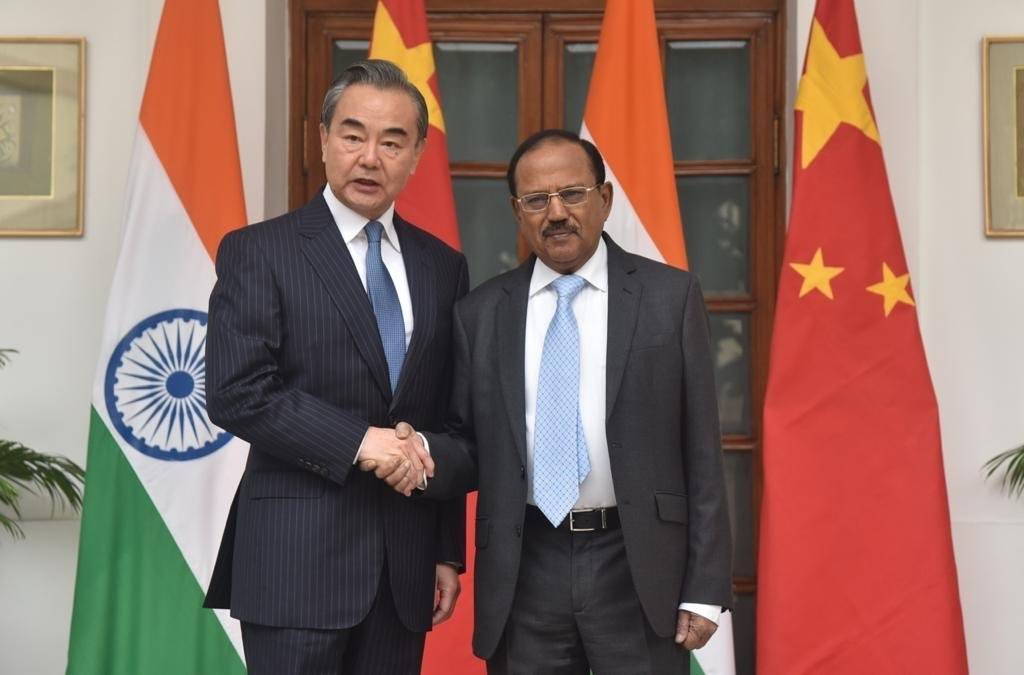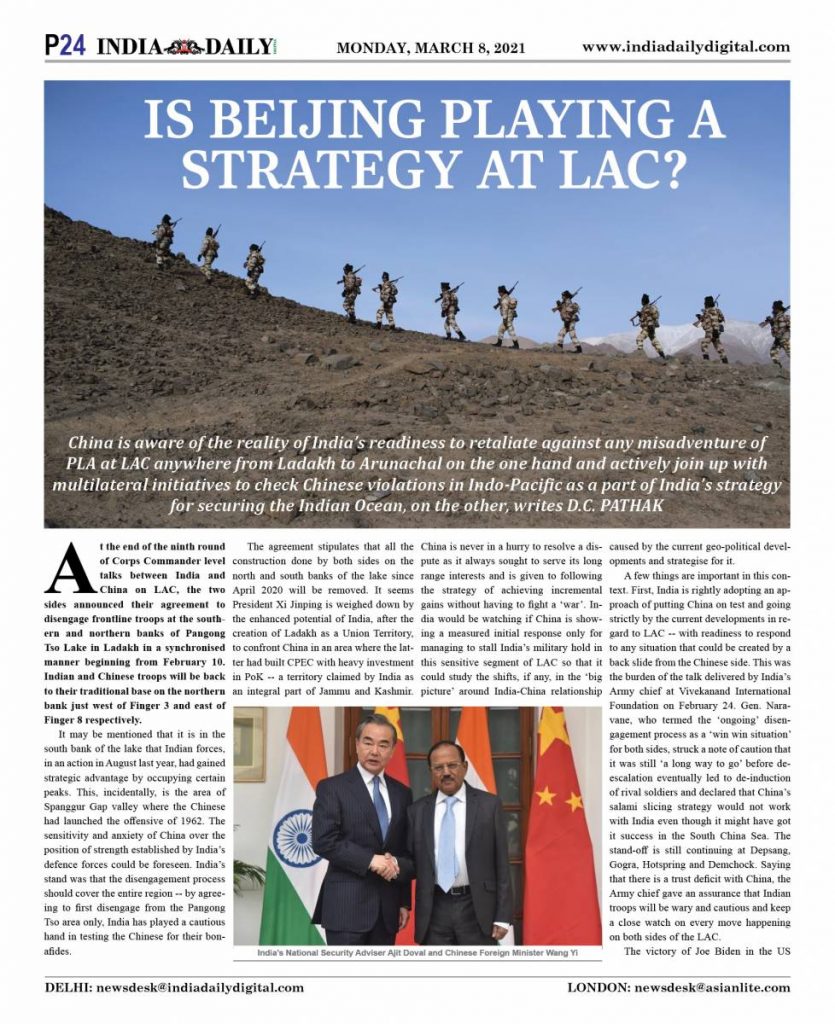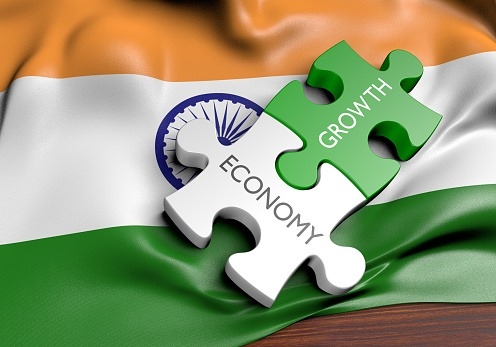China is aware of the reality of India’s readiness to retaliate against any misadventure of PLA at LAC anywhere from Ladakh to Arunachal on the one hand and actively join up with multilateral initiatives to check Chinese violations in Indo-Pacific as a part of India’s strategy for securing the Indian Ocean, on the other, writes D.C. PATHAK
At the end of the ninth round of Corps Commander level talks between India and China on LAC, the two sides announced their agreement to disengage frontline troops at the southern and northern banks of Pangong Tso Lake in Ladakh in a synchronised manner beginning from February 10. Indian and Chinese troops will be back to their traditional base on the northern bank just west of Finger 3 and east of Finger 8 respectively.
It may be mentioned that it is in the south bank of the lake that Indian forces, in an action in August last year, had gained strategic advantage by occupying certain peaks. This, incidentally, is the area of Spanggur Gap valley where the Chinese had launched the offensive of 1962. The sensitivity and anxiety of China over the position of strength established by India’s defence forces could be foreseen. India’s stand was that the disengagement process should cover the entire region — by agreeing to first disengage from the Pangong Tso area only, India has played a cautious hand in testing the Chinese for their bonafides.

The agreement stipulates that all the construction done by both sides on the north and south banks of the lake since April 2020 will be removed. It seems President Xi Jinping is weighed down by the enhanced potential of India, after the creation of Ladakh as a Union Territory, to confront China in an area where the latter had built CPEC with heavy investment in PoK — a territory claimed by India as an integral part of Jammu and Kashmir. China is never in a hurry to resolve a dispute as it always sought to serve its long range interests and is given to following the strategy of achieving incremental gains without having to fight a ‘war’. India would be watching if China is showing a measured initial response only for managing to stall India’s military hold in this sensitive segment of LAC so that it could study the shifts, if any, in the ‘big picture’ around India-China relationship caused by the current geo-political developments and strategise for it.

End of Trump Era
A few things are important in this context. First, India is rightly adopting an approach of putting China on test and going strictly by the current developments in regard to LAC — with readiness to respond to any situation that could be created by a back slide from the Chinese side. This was the burden of the talk delivered by India’s Army chief at Vivekanand International Foundation on February 24. Gen. Naravane, who termed the ‘ongoing’ disengagement process as a ‘win win situation’ for both sides, struck a note of caution that it was still ‘a long way to go’ before de-escalation eventually led to de-induction of rival soldiers and declared that China’s salami slicing strategy would not work with India even though it might have got it success in the South China Sea. The stand-off is still continuing at Depsang, Gogra, Hotspring and Demchock. Saying that there is a trust deficit with China, the Army chief gave an assurance that Indian troops will be wary and cautious and keep a close watch on every move happening on both sides of the LAC.
The victory of Joe Biden in the US Presidential election that ended the legacy of the Trump era for both US-China and Indo-US relations, the rise of India’s military strength not only in terms of its capacity to take on China at the LAC but also deal with any concerted attempt of the Sino-Pak combine to indulge in aggressiveness on the borders and the diminishing returns for China from its alliance with Pakistan — a country considered a ‘rogue’ entity by the international community — would all be impacting the Chinese calculus. Unlike Donald Trump, who went all out against China on trade, Covid and Indo-Pacific and seemed to have no problem with Putin, President Biden is highly distrustful of Russia but inclined to do business with China on terms that served American interests.
Noticing that the Biden regime in the US was likely to remain preoccupied with matters of human rights and freedom across the globe and that the deep convergence earlier struck between India and Trump Presidency on global security issues might not be fully in play, China might get the sense that the Biden administration would not focus on it if on LAC a willingness on the part of the Chinese to move towards resolution, could be demonstrated. Also, it is a fact that India has in the times of Prime Minister Modi demonstrated its political resolve and worked for prioritisation of defence preparations — this was evident in the military consolidation quickly carried out by the Indian army in the Ladakh sector for giving an effective response to China’s aggressive moves.

China is aware of the reality of India’s readiness to retaliate against any misadventure of PLA at LAC anywhere from Ladakh to Arunachal on the one hand and actively join up with multilateral initiatives to check Chinese violations in Indo-Pacific as a part of India’s strategy for securing the Indian Ocean, on the other. Alliance with Pakistan has brought little help to China in making any gains internationally beyond the economic advantage it has achieved through CPEC and the Pak silence it has bought on the issue of mistreatment of Muslims in Xinjiang and elsewhere in China.
Also read:After pull out, China talks peace
Prime Minister Imran Khan’s unmitigated hostility towards India is reflected in his response to the renewal by the two DGMOs of ‘cease-fire agreement’ with India on LoC last week following a higher level consultation between the two countries. He welcomed the development but used the occasion to demand early fulfilment of the ‘right of self determination of the people of Kashmir in accordance with UN resolutions’.

India can keep China on a tight rope on the border and at the same time reserve its right to deal a crippling blow to Pakistan on the question of cross-border terrorism — notwithstanding an unlikely joint move of these two neighbours against this country, on the borders. Something has to done also to put a stop to the new threat of Pakistan and China coordinating to aggravate the ‘proxy war’ against India by covertly fishing in the troubled waters here — from Punjab to the North-East. Internal security of India was never in need of greater attention than what it requires at present.
Also read:INDIA = World’s Pharmacy








